Many of us tend to think “Victorian” whenever we see certain floral prints, or a vintage-looking Valentines card. However, when applying the term to clothing we must follow a very specific set of guidelines. The “Victorian period” of history coincides with the ascension and reign of Queen Victoria from 1870 to 1900. Young and lovely, the new queen was to have a huge influence on fashion during the entire period which now bears her name. Ladies fashions during these years are divided into three distinct fashion periods; the Early Bustle (1869 – 1876), Natural Form (1877 – 1882), and Late Bustle (1883-1889).
Most of the fashion plates and paintings we have from the period depict upper-class ladies. As such, it was their function to display their husband’s wealth by appearing in public dressed in the finest clothing they could afford. In America, these styles were heavily influenced by European fashions, and usually copied from ladies magazines and fashion plates, though the very wealthiest might travel to Paris or London, and obtain their dresses direct from the source. Because these clothes were often well cared-for and preserved, we have many original examples of Victorian clothing today. Less abundant are pictures or other representations of the clothing worn by middle or lower-class people. Even rarer are surviving examples of clothing worn by the lower classes during the Victorian period, because these clothes were worn until they were completely worn out, and then were converted to rags. Still, because of those brave souls who set out to take pictures of the “Wild West”, we do have many images to use as we form an idea of the fashion trends of the period.
During the entire Victorian period, a tiny waist was greatly admired. A waist that measured 15 inches was considered ideal, and women obligingly laced themselves into corsets to achieve the desired silhouette. Some women even had ribs broken or removed to achieve the desired result. Girls were started into corsets as young as the age of nine, so that they would grow up with the required tiny waist. The combination of a tight bodice and a very full skirt with bustle and drapery was thought to enhance the look of a tiny waist.
The Early Bustle period (1869-1876) is characterized by tight-fitting bodices, which were worn with separate skirts. The bodice usually had a very high neck, and long closely-fitted sleeves. The sleeve was “dropped” from the shoulder a bit more than we are used to seeing today, and there was very little fullness at the sleeve head. A bustle was worn under the skirt, as well as two or more petticoats. There was usually an overskirt as well, either in the form of an apron-like drape across the front of the skirt, and/or an elaborately draped and pleated overskirt which covered the back of the skirt. The skirt itself was usually embellished with layers of ruffles, rouching or other trims.
The Natural Form period (1877-1882) dispensed with the bustle entirely. However, elaborate draping and pleating at the rear of the skirts still kept some of the bustle silhouette intact. Skirts during the natural form period were flatter in the front, and fullness was carried toward the back of the skirt. The “cuirass bodice” which was based on a military style, dipped below the waistline at the front and back of the bodice, and was cut higher over the hips. Overskirts were still popular, but the fullness of the skirt was often drawn toward the back of the skirt using hidden tapes, which were attached to the side seams and drawn tight across the backs of the legs to keep the front of the skirt flat and narrow.
After several years without them, bustles made a fierce comeback during the Late Bustle period (1883-1889). Bustles were larger and higher than before, and it was said that you could place a dinner plate on one. Drapery over these larger bustles became very fanciful, with elaborate layers, pleats, bows and other embellishments, often arranged in an asymmetrical manner. Skirts were still flat at the front, and had less pleated embellishment, which left room for embroidery or other flat designs on the front panels. Necklines were lower for evening events, and sleeve heads had a bit more fullness than before.


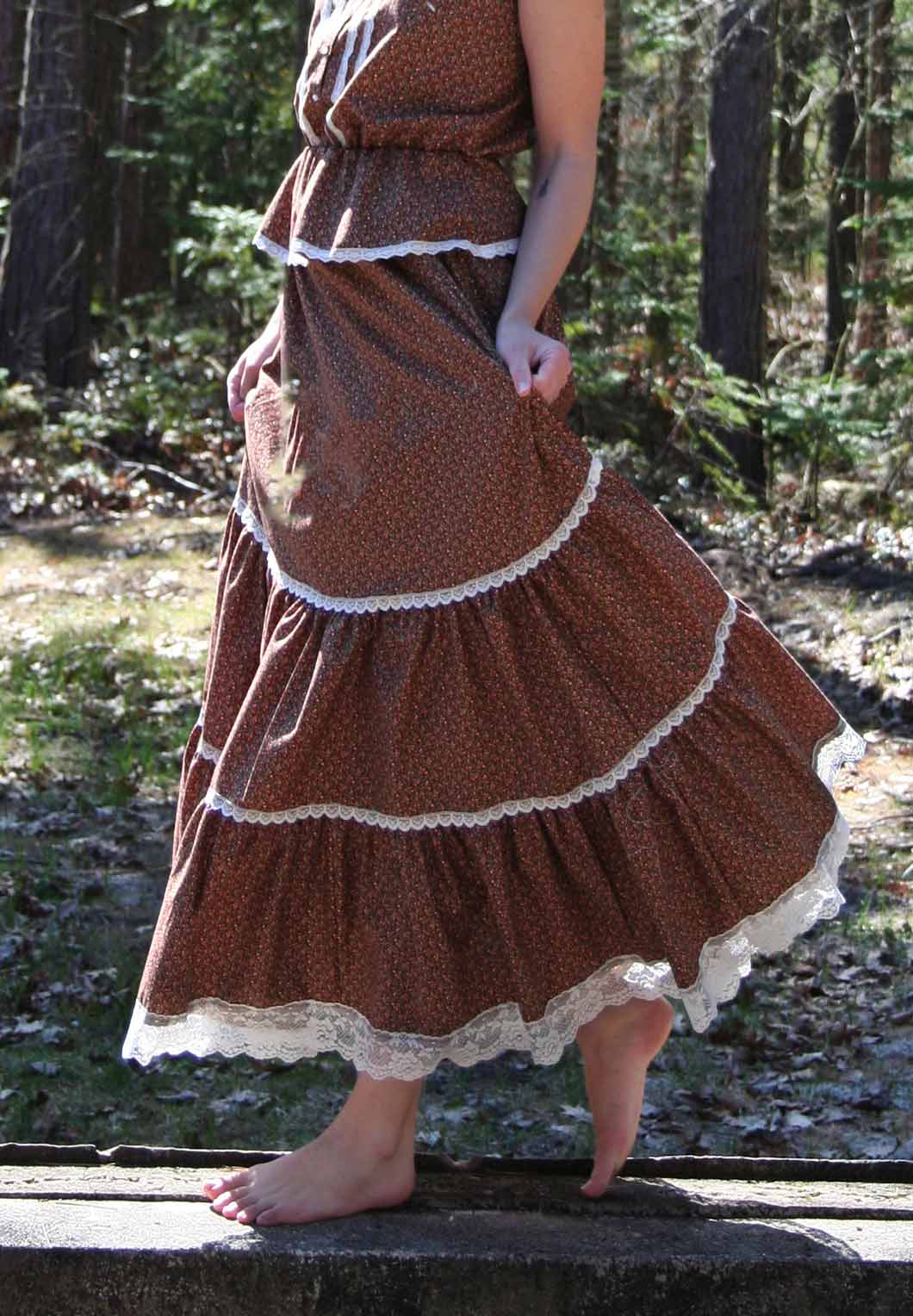
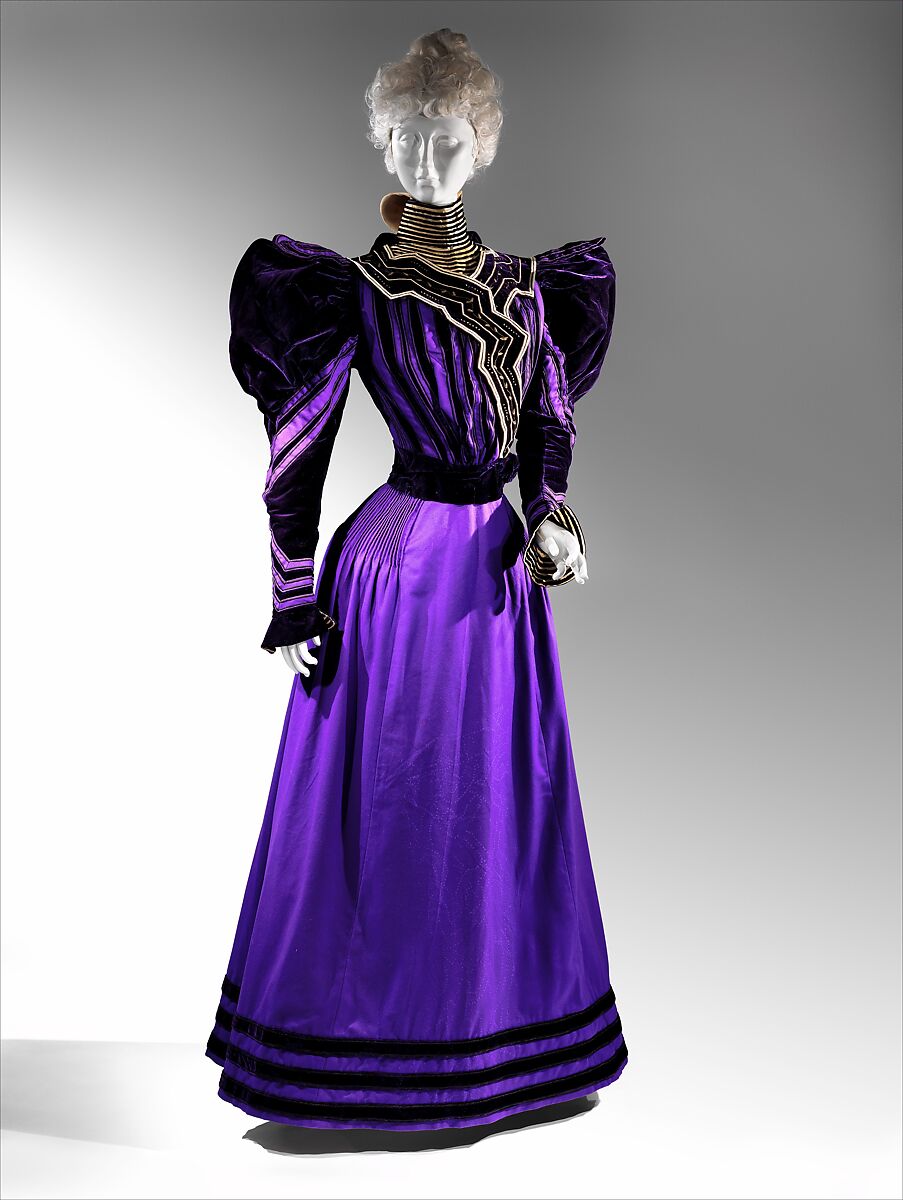

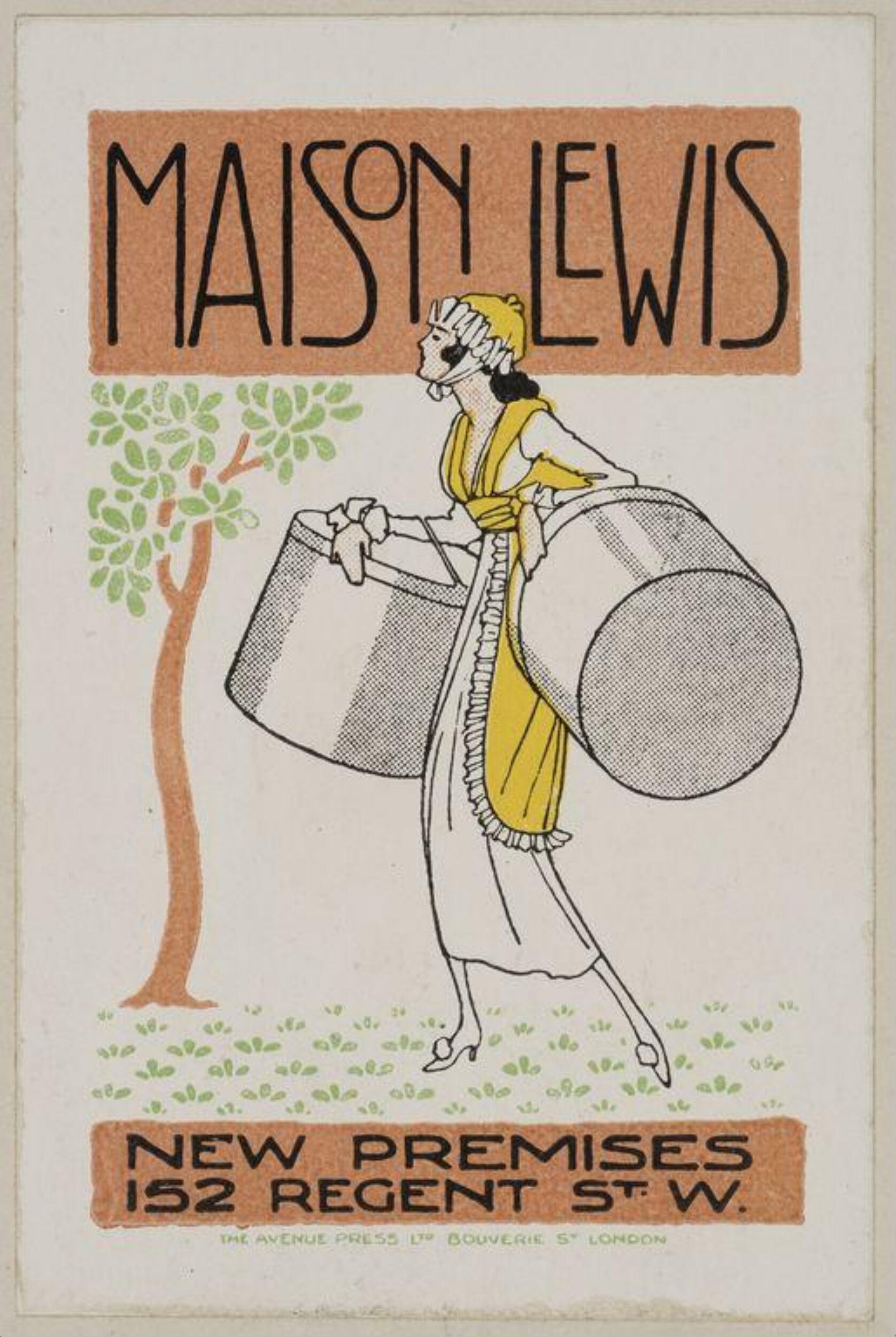
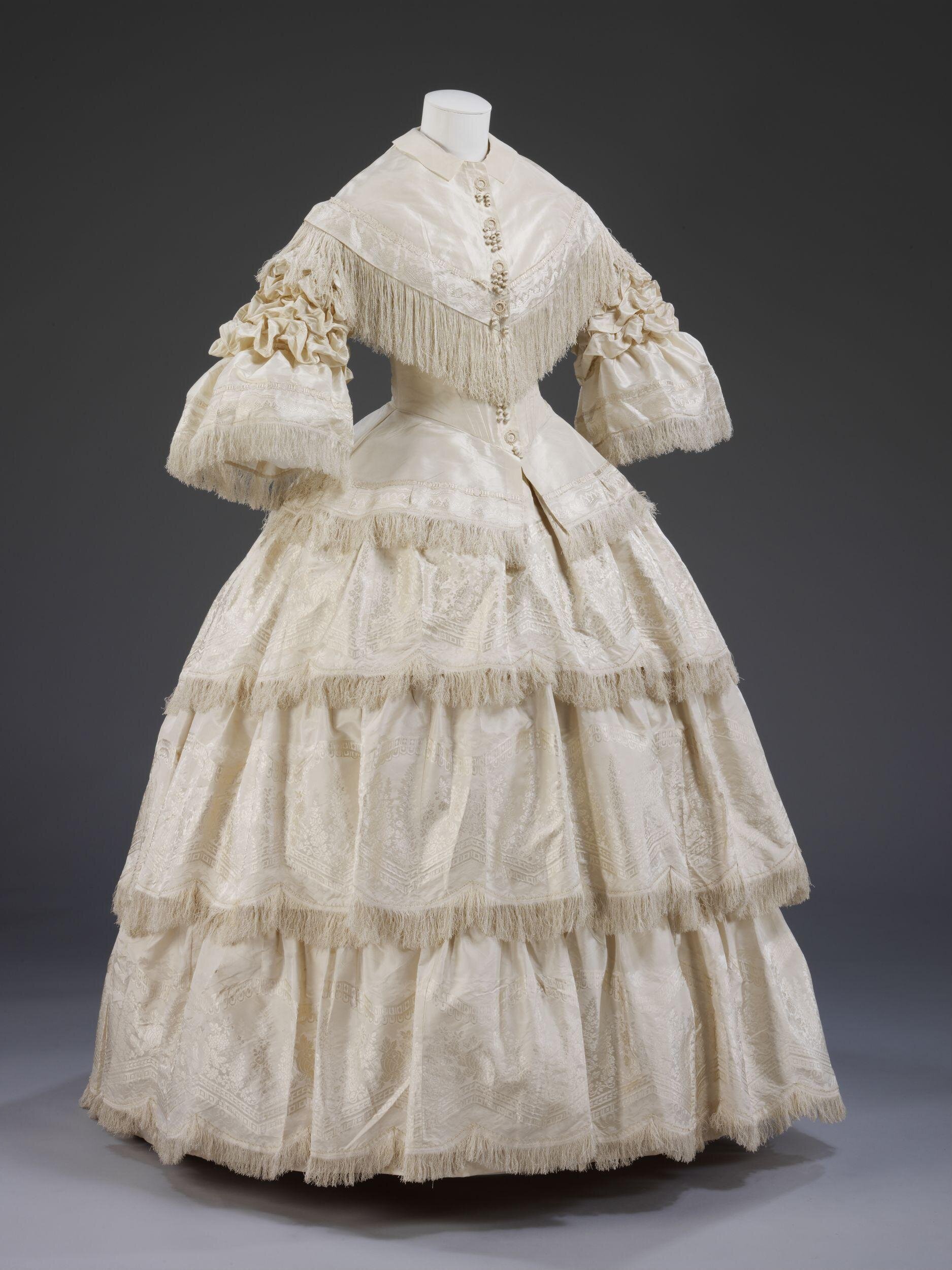
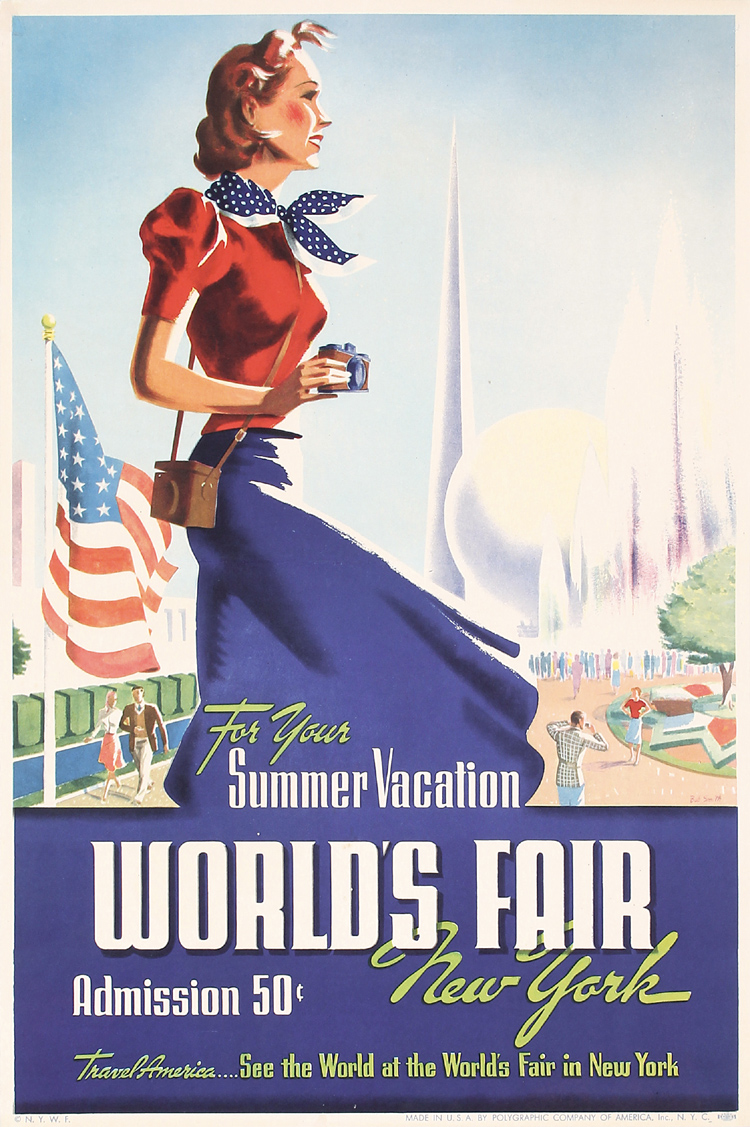
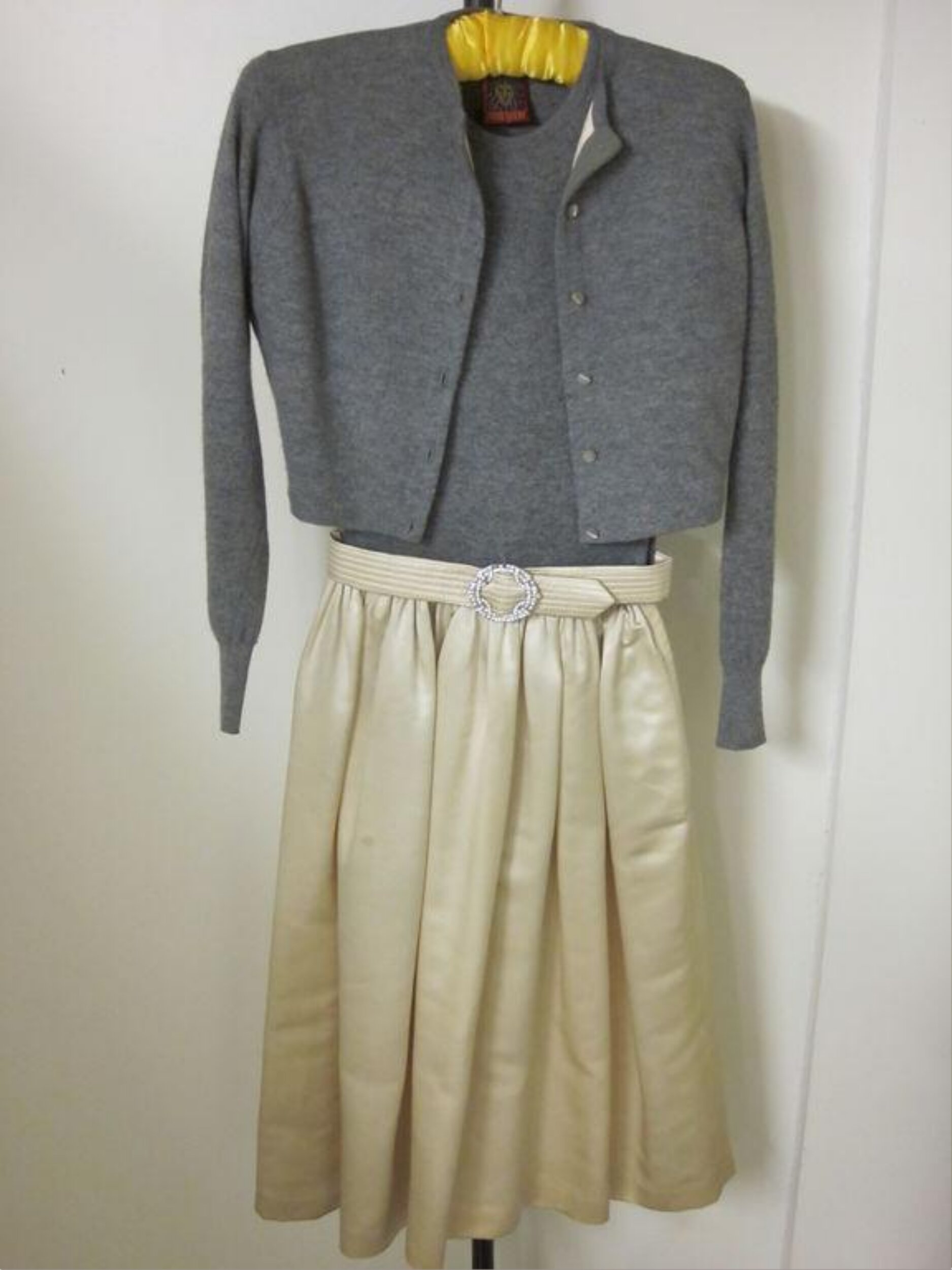
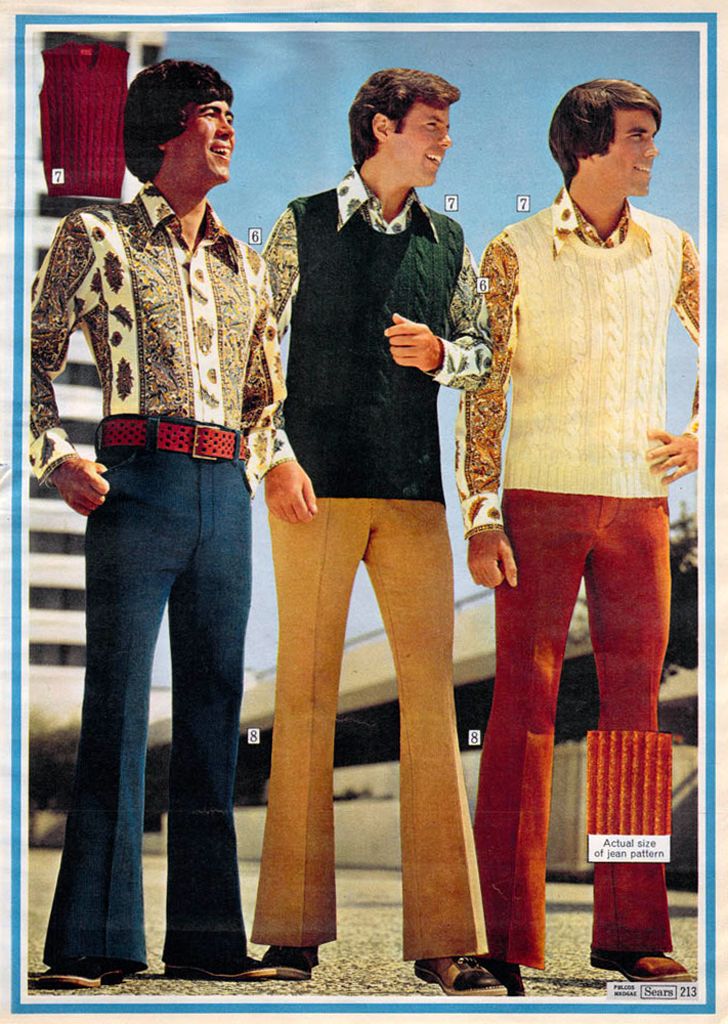
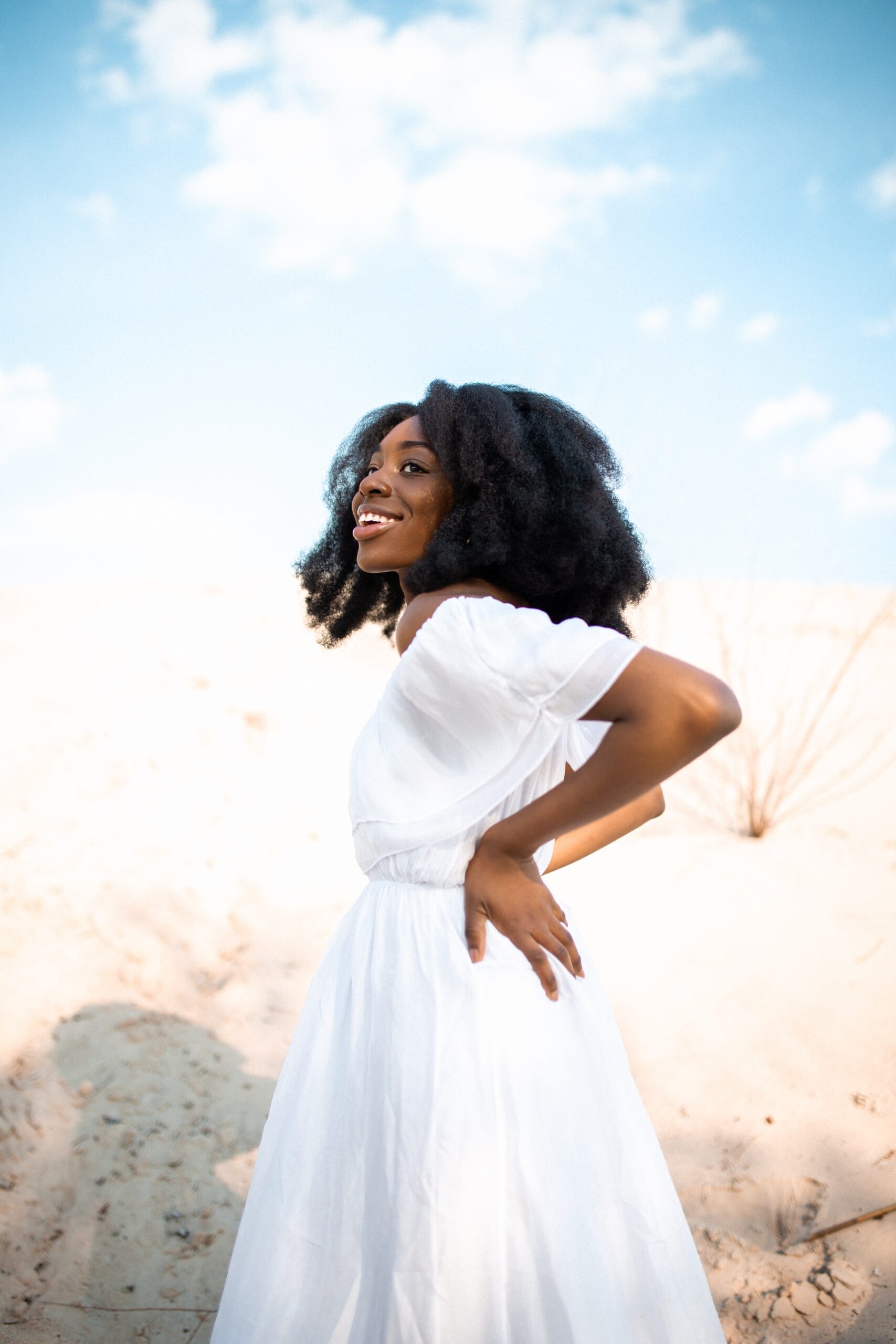
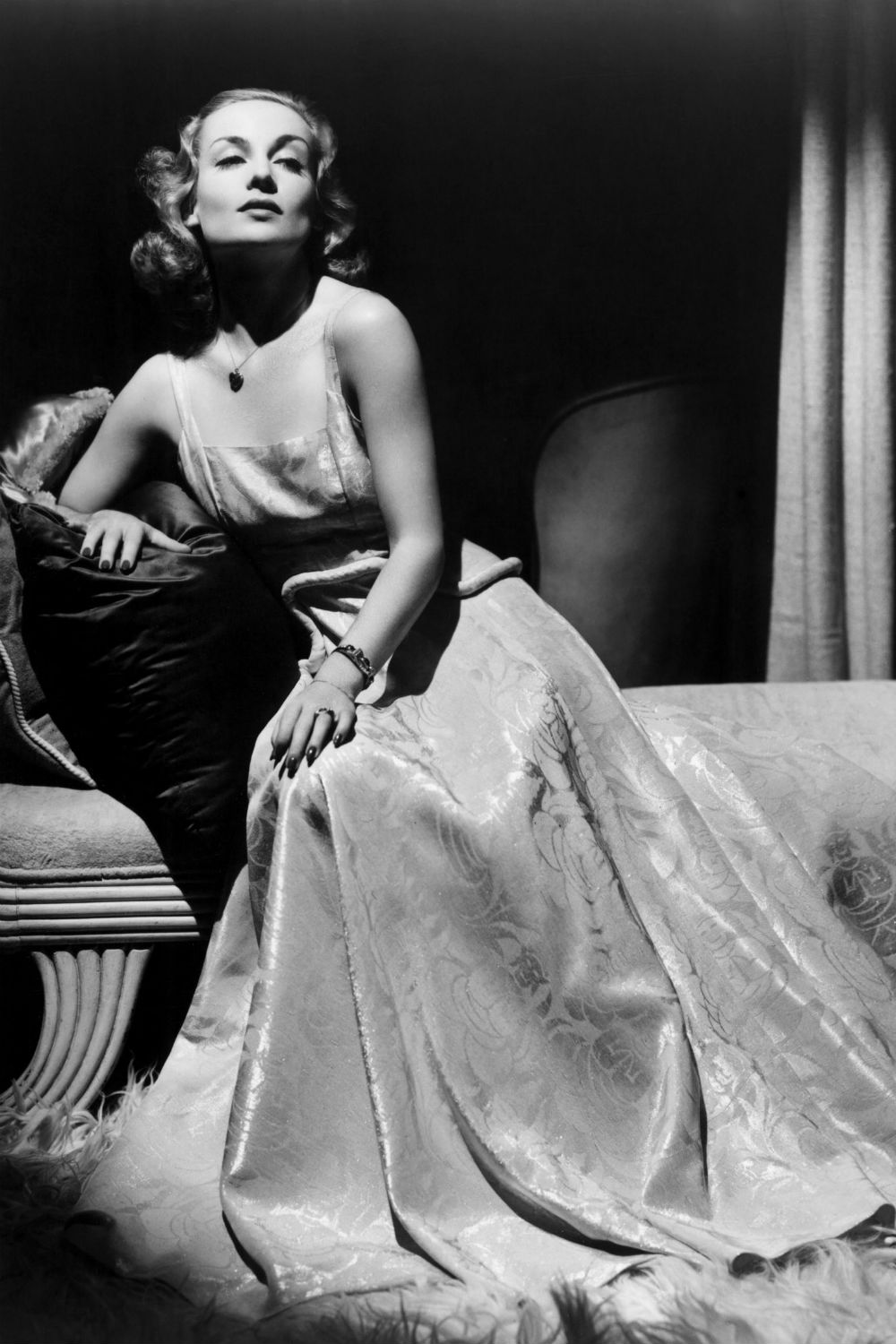
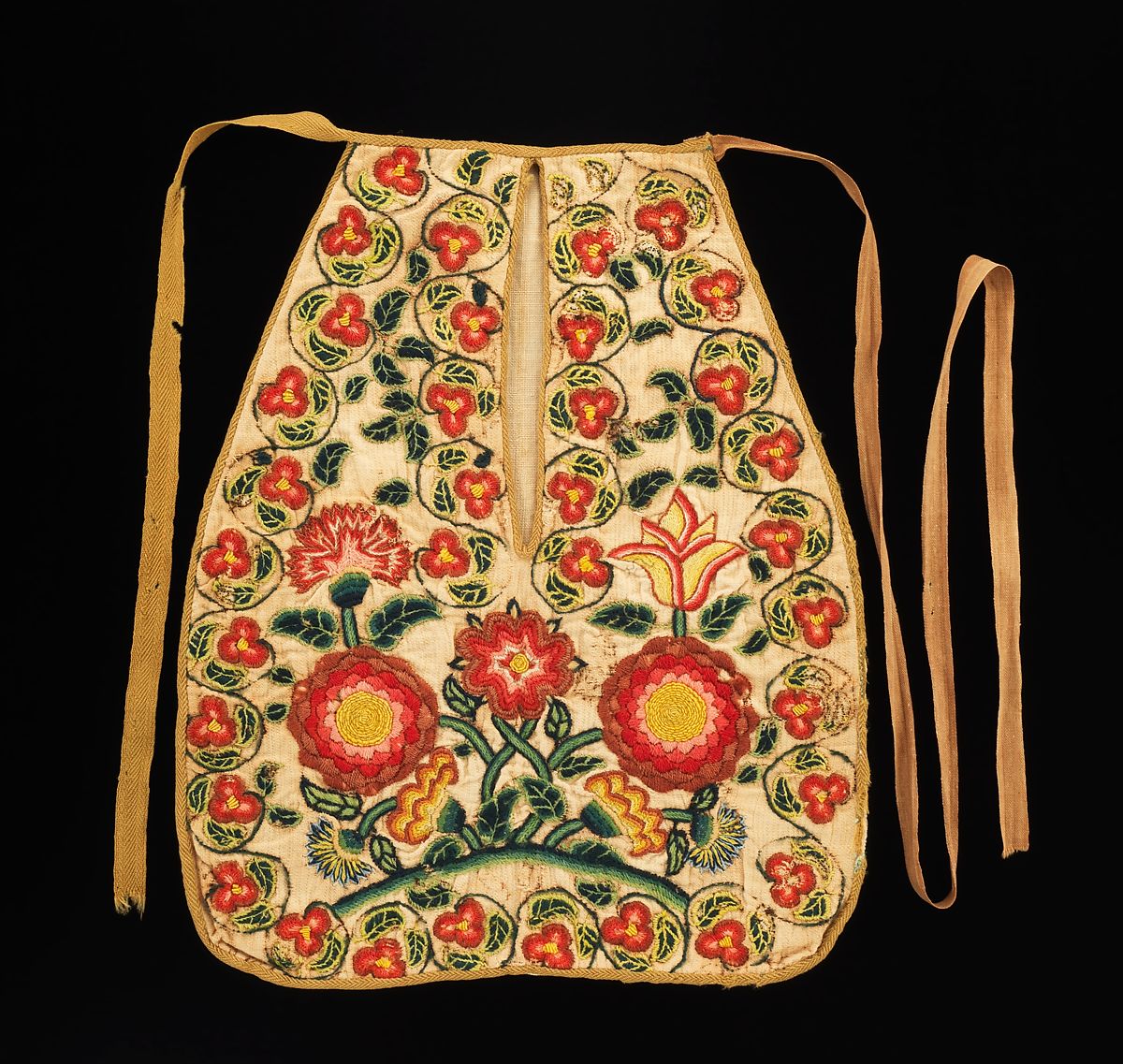
Hello Dolly,
Thanks so much for the precise dates for Queen Victoria’s reign. You have certainly done your homework! I agree that we can expand the dates a bit. I’m certain that ladies didn’t burn their wardrobes upon Victoria’s death, but probably continued to wear their bustled dresses and moved to the new Edwardian styles gradually, just as we do today. I suspect the younger folks embraced the new styles more quickly than their parents.
Best regards,
Sue
The “Victorian” Era began on June 20TH 1837. Queen Victoria’s coronation was held on June 28TH 1838 when she was only 19 years old. Her reign ended on January 22ND 1901 when she passed away at Osbourne House ,Isle of Wight. So you actually have a longer period of time to choose from when selecting your “Victorian” costume!